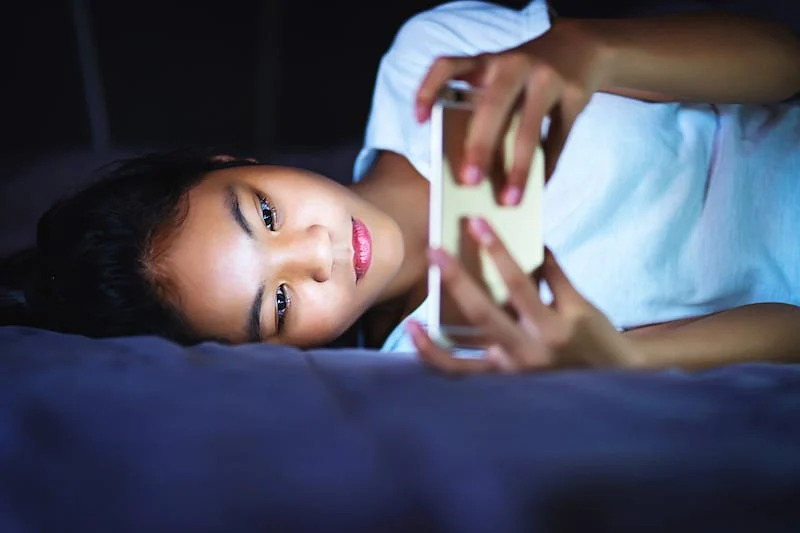
In today’s digital world, we are constantly surrounded by screens—from smartphones and tablets to laptops and TVs. While these devices provide convenience, they also expose our eyes to blue light, a high-energy wavelength that has sparked concerns about eye health, sleep, and overall well-being. But how much of this concern is justified? Let’s explore the real effects of blue light on the eyes, debunk common myths, and discuss practical ways to protect your vision.
What Is Blue Light?
Blue light is a short-wavelength, high-energy visible light naturally emitted by the sun and artificially produced by LED screens, fluorescent lights, and digital devices. Natural blue light helps regulate our sleep-wake cycle (circadian rhythm) and boosts alertness during the day. However, artificial sources of blue light, especially from prolonged screen use at night, have raised concerns about potential negative effects.Does Blue Light Damage the Eyes?
A common myth is that blue light from screens directly causes eye diseases like macular degeneration. While some early research suggested that prolonged exposure to high-intensity blue light might harm retinal cells, more recent studies indicate that the amount emitted by digital devices is unlikely to cause permanent eye damage. According to a Medical News Today report, current scientific evidence does not conclusively link everyday blue light exposure to long-term retinal harm. However, excessive screen use can lead to digital eye strain, which causes symptoms like dry eyes, headaches, and difficulty focusing.Practical Ways to Protect Your Eyes from Blue Light
While blue light exposure from screens is unlikely to cause permanent damage, it can contribute to discomfort and sleep disturbances. Here are some practical tips to protect your vision:- Follow the 20-20-20 Rule: Every 20 minutes, look at something 20 feet away for at least 20 seconds to reduce eye strain.
- Use Night Mode or Blue Light Filters: Many devices offer settings to reduce blue light exposure in the evening.
- Limit Screen Time Before Bed: Reducing screen use at least an hour before sleep can help regulate melatonin production.
- Adjust Your Lighting: Use warm, dim lighting in the evening instead of bright LEDs to support natural sleep cycles.
- Stay Hydrated and Blink More: Dry eyes are a common symptom of digital strain, so keep your eyes moist by blinking frequently and using artificial tears if needed.
Final Thoughts
While blue light isn’t as harmful as some myths suggest, it does impact our sleep patterns and contribute to digital eye strain. Instead of fearing blue light, adopting healthy screen habits—such as taking breaks, adjusting lighting, and limiting nighttime exposure—can help keep your eyes comfortable and support overall well-being in the digital age.Reference:
Blue Light has a dark side. Harvard Health. (2024, July 24). https://www.health.harvard.edu/staying-healthy/blue-light-has-a-dark-sideMediLexicon International. (2024, January 4). Blue light may not disrupt your sleep after all, researchers say. Medical News Today. https://www.medicalnewstoday.com/articles/blue-light-may-not-affect-sleep-wake-cycle








